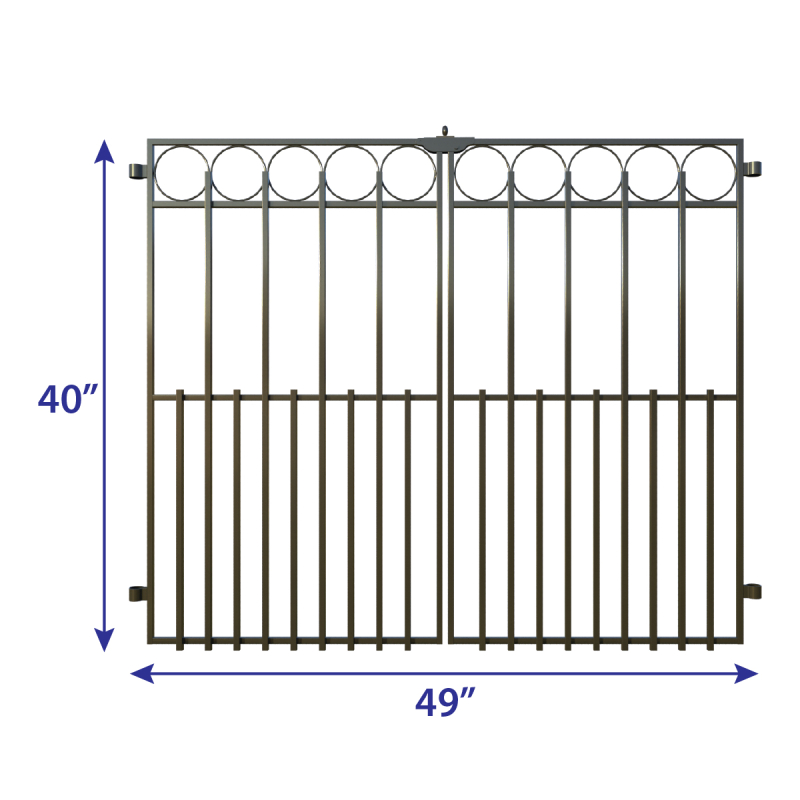Innovative Approaches to Sustainable Steel Production and Green Manufacturing Practices
11月 . 19, 2024 12:40
The Rise of Green Steel A Sustainable Revolution in the Steel Industry
In recent years, the global focus on sustainability has led to a significant shift in various industries, and the steel sector is no exception. The concept of green steel has emerged as a crucial development in addressing the environmental challenges posed by traditional steel production, which is known for its high carbon emissions. As the world grapples with climate change, the need for innovative solutions in the manufacturing sector has never been more urgent, making green steel a game-changer in the quest for a sustainable future.
Understanding Green Steel
Green steel refers to steel that is produced using methods that significantly reduce carbon emissions compared to conventional processes. Traditional steelmaking typically relies on coal, known as coke, as a primary energy source, resulting in substantial greenhouse gas emissions. In contrast, green steel production utilizes cleaner technologies, such as electric arc furnaces powered by renewable energy sources, hydrogen reduction methods, and carbon capture technologies. These methods not only reduce emissions but also minimize the overall environmental impact of steel production.
The Importance of Green Steel
The steel industry accounts for approximately 7% of global carbon emissions, making it one of the largest industrial sources of greenhouse gases. As countries commit to reducing their carbon footprints and achieving net-zero emissions by mid-century, the transition to green steel has become imperative. By adopting sustainable practices, the steel industry can play a pivotal role in mitigating climate change while simultaneously meeting the growing demand for steel in various sectors, including construction, automotive, and energy.
Innovations Driving Green Steel
The development of green steel is driven by a combination of technological innovations and increased investment in research and development. Companies are exploring several approaches to reduce emissions traditionally associated with steel production. For instance, hydrogen-based reduction processes utilize hydrogen instead of coke, converting iron ore into iron with water vapor as the only byproduct. Additionally, advancements in electric arc furnace technology allow for the recycling of scrap steel, which uses significantly less energy compared to producing new steel from raw materials.
green steel posts

Moreover, fintech and digital technologies are facilitating greater efficiencies in steel production. These innovations not only enhance the manufacturing process but also improve supply chain management, enabling companies to track the carbon footprint of their products. By providing transparency and accountability, industries can more effectively reduce their environmental impacts.
Challenges Ahead
Despite the significant progress made in green steel production, challenges remain. The initial investment costs for developing and implementing green technologies can be high, deterring some companies from adopting these practices. Additionally, the current infrastructure and supply chains in many regions are heavily reliant on traditional methods, hindering the widespread adoption of greener alternatives.
Furthermore, the production capacity for green steel is still relatively limited, and scaling up production to meet global demand presents logistical and technical hurdles. Collaborative efforts among governments, industry leaders, and research institutions will be essential to address these challenges and accelerate the transition to a more sustainable steel industry.
The Future of Green Steel
The future of green steel looks promising as more companies recognize the economic and environmental benefits of sustainable practices. Several major steel producers are already investing in green technologies, and governments are implementing policies and regulations to incentivize environmentally friendly practices. As consumer awareness of sustainability grows, the demand for green steel products is expected to rise, further driving innovation and investment in this sector.
In conclusion, the rise of green steel represents a pivotal moment in the steel industry’s journey towards sustainability. By embracing innovative technologies and practices, the sector can significantly reduce its carbon footprint and contribute to a more sustainable future. As the world continues to confront the realities of climate change, the commitment to green steel is not just beneficial; it is essential for the health of our planet and future generations.




















